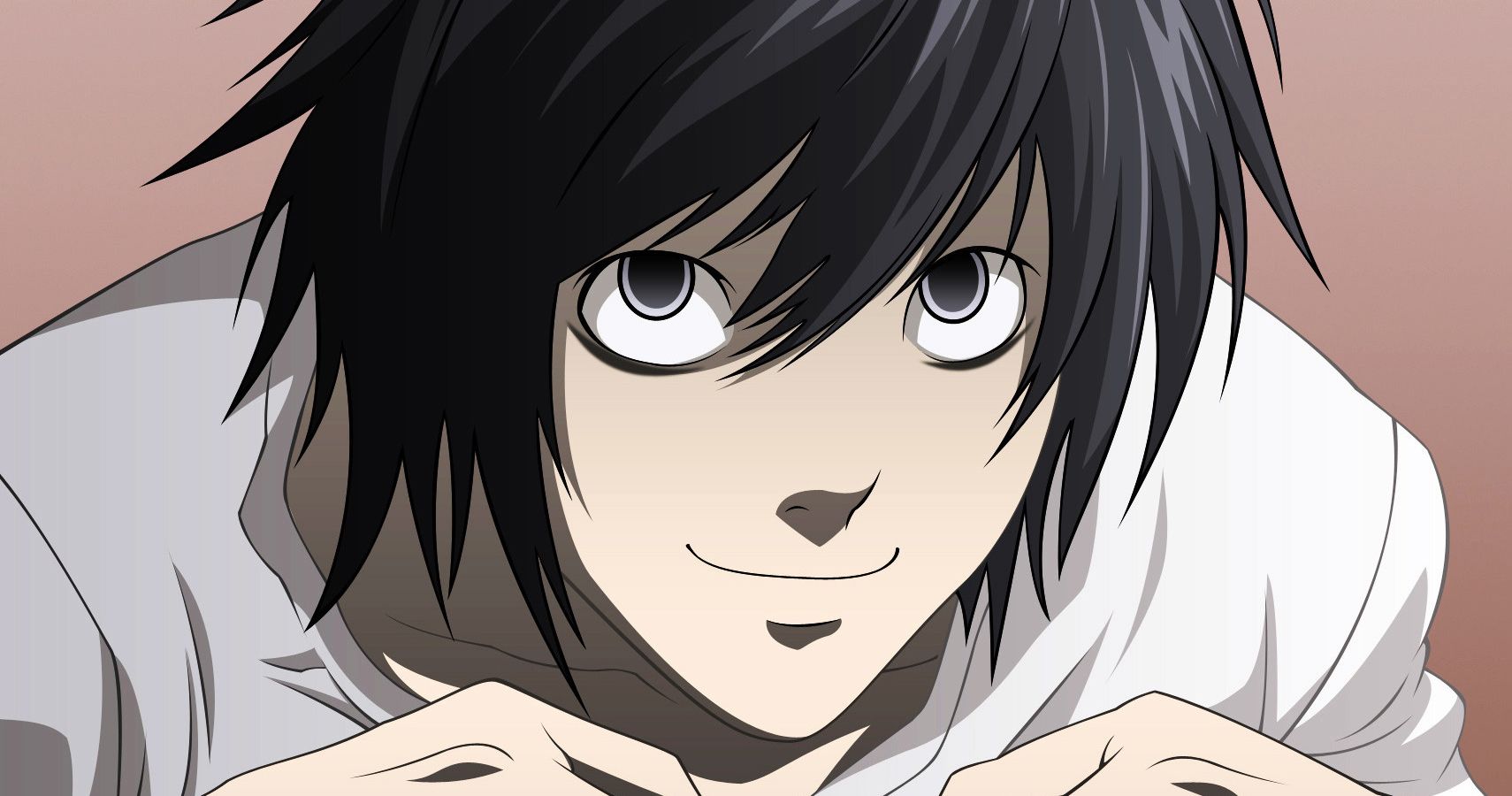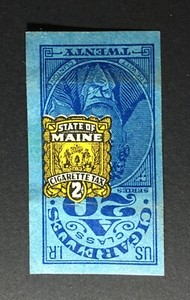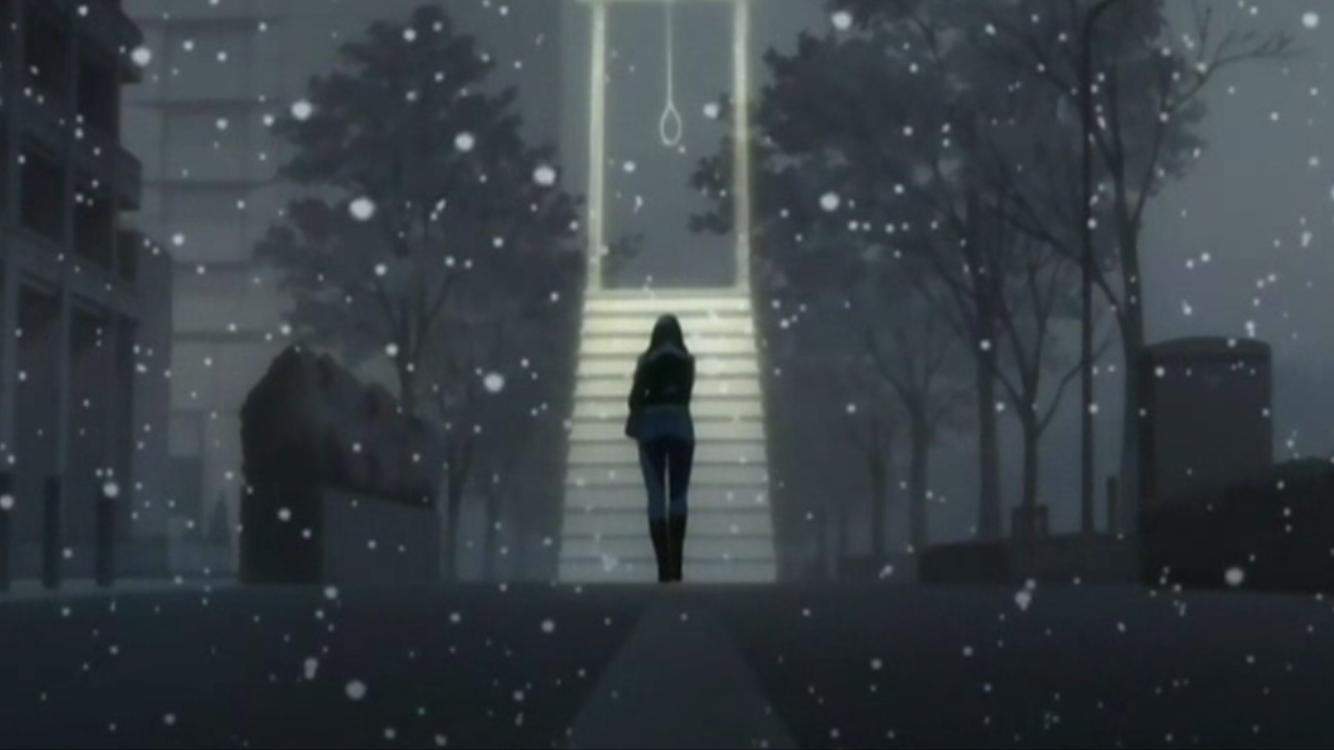

In any case, these 6mm or 7mm seals are always hand-applied. Sometimes, however, one does have to look very closely to locate the small, black, round 6mm seal-as it can be very difficult to see and is sometimes placed a bit higher in the image than one might normally expect. Having randomly examined several hundreds of these typically 1940's to 1960's era prints, it seems that about 1 in every 10 to 15 of these OLDER prints that we handle from Watanabe seem to be entirely missing any publisher's seal-either in the print's margins or within the image. And perhaps this should not be a surprise, considering the popularity of Hasui's prints combined with his amazing lifetime output of some 550 images. Actually, as it turns out, such "un-sealed" prints (hand-applied) are not at all uncommon from Watanabe Publisher. We are often asked about Watanabe-published prints (and typically, it seems, those by artist Hasui) which appear to be totally "missing" their expected 6mm or 7mm seals. The black round "6mm" seal instead the seals "A" through "G" (see additional comments under "Exceptions" below). In contrast to above said, his prints published by Watanabe rather carry Please note, prints by Ito Shinsui are an exception which do not follow these "Gift seal", reads "Wa-ta-na-be" (this time, in Japanese "hiragana") Hirohito in 1989) which also marked the beginning of the Japan's current "Heisei seal" derives from this seal's first appearanceĪt the end of Japan's Showa era (Showa era, 1926-89, ended with the death of emperor "Wa-ta-na-be" (this time, in Japanese "hiragana"). The so-called "Heisei seal", normally seen in red (also grey version known), reads Typically found near the print's lower right or left corner). Other "publisher's seals", this round seal is nearlyĪlways found WITHIN (and over-printed onto) the print's image (and is "7mm" seal - Reads "Wa-ta-na-be" (in Japanese "katakana"). The seal exists in both black and red impressions. Image (and is typically found near the print's lower right or left corner). Is nearly always found WITHIN (and over-printed onto) the print's

Note-unlike most other "publisher's seals", this round seal "6mm" seal - (Actually measures 5.5 to 6.5mm, depending on version) reads "Wa-ta-na-be" (in On Hasui prints instead of the usual "publisher seal." Post-war versionsĪre also known in conjunction with a "6mm" seal. Years 1943-1947 his seal was sometimes placed Gintaro, who was one of Watanabe's long term printers. Rather, the seals of the printer (Suri) Ono These are not true "publisher's seals," but To the collector of such prints, a knowledge of these "seals" and the time periods in which each was used is useful in determining the age (and therefore rarity and value) of such prints. However, by the series' final episode, Kira's reign finally came to an end.The following seals illustrated immediately below (designated "1" to "M) are typically encountered "publisher's seals" as were applied by Watanabe Publisher onto "shin-hanga" prints designed by artists such as Hasui, Koitsu, Kasamatsu, "Death Note" ran for 37 episodes, and Light consistently finds a way to evade capture. It also raises the suspicion of Interpol, who tasks detective L Lawliet to find out Kira's true identity. Light begins using the notebook to kill some of the world's criminals, which earns him the nickname "Kira" from the media. The notebook has the ability to kill anyone as long as the user knows the target's name and face. "Death Note" tells the story of high school student Light Yagami, who finds a notebook belonging to the shinigami Ryuk.
#Death note rules 1 without japaneee series#
But instead of a lovable plucky hero with a can-do attitude fighting physical battles, fans of the series fell for a charismatic and intelligent villain involved in a mental cat-and-mouse game.


The anime adaptation of the manga by writer Tsugumi Ohba and artist Takeshi Obata boldly stood out during its shared era with its Shonen Jump peers in " Naruto," "Bleach," and "One Piece." Sure, "Death Note" contained a story of a protagonist gifted with a supernatural ability. For instance, the series has led to a multitude of live-action films, musicals, and even video games.
#Death note rules 1 without japaneee tv#
When the "Death Note" anime TV series premiered in 2006, it quickly established itself as a global phenomenon that's still felt today.


 0 kommentar(er)
0 kommentar(er)
